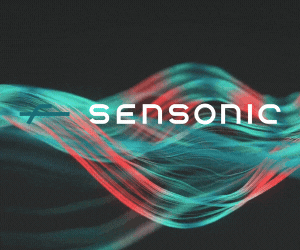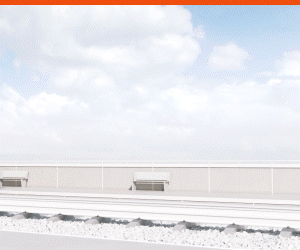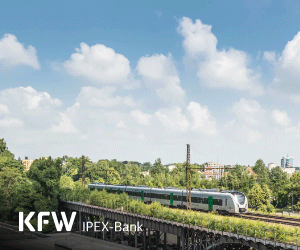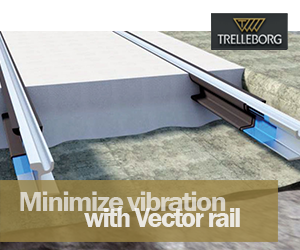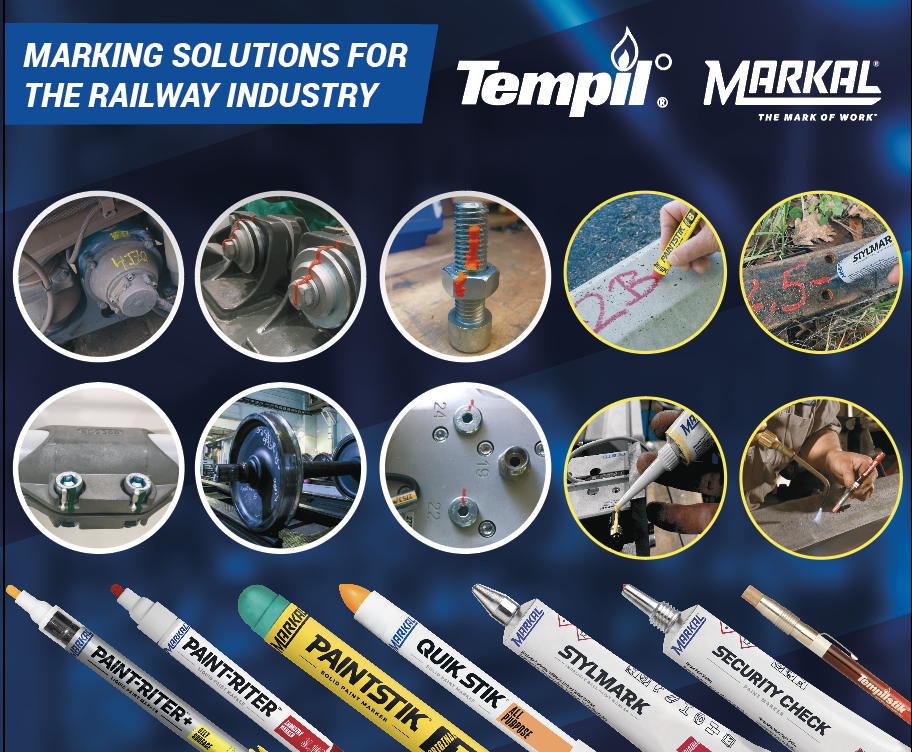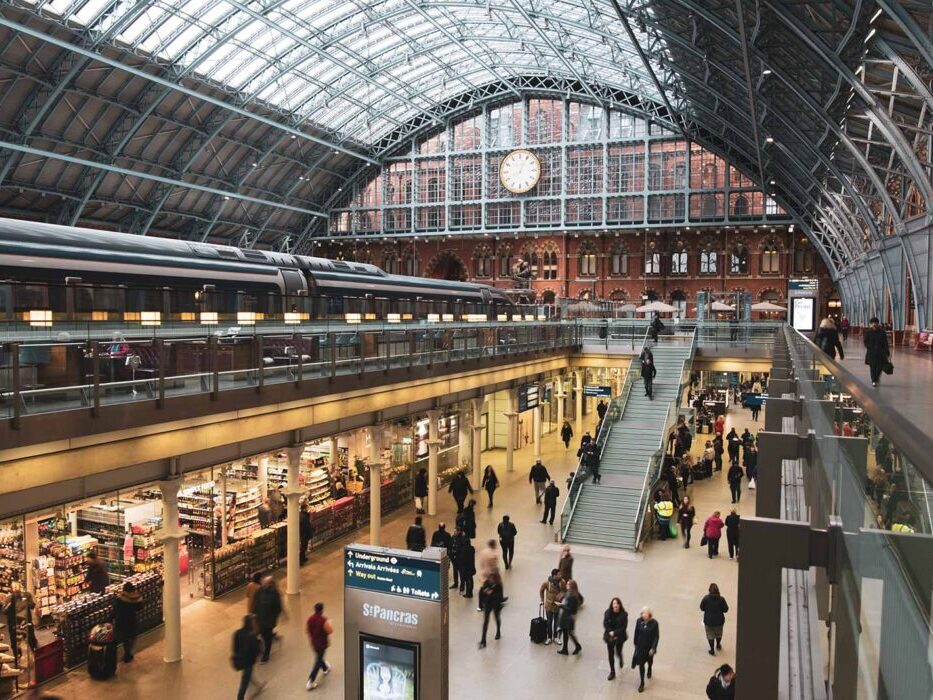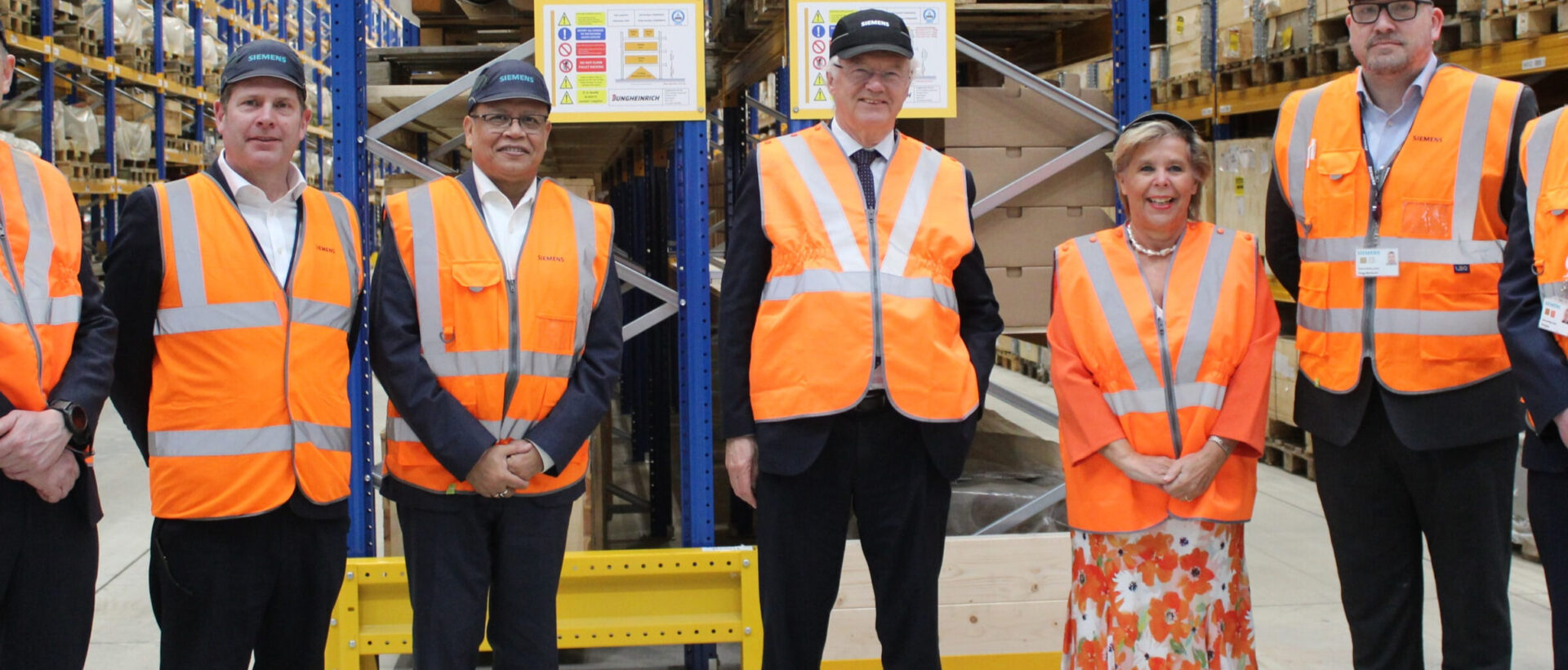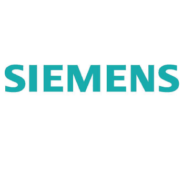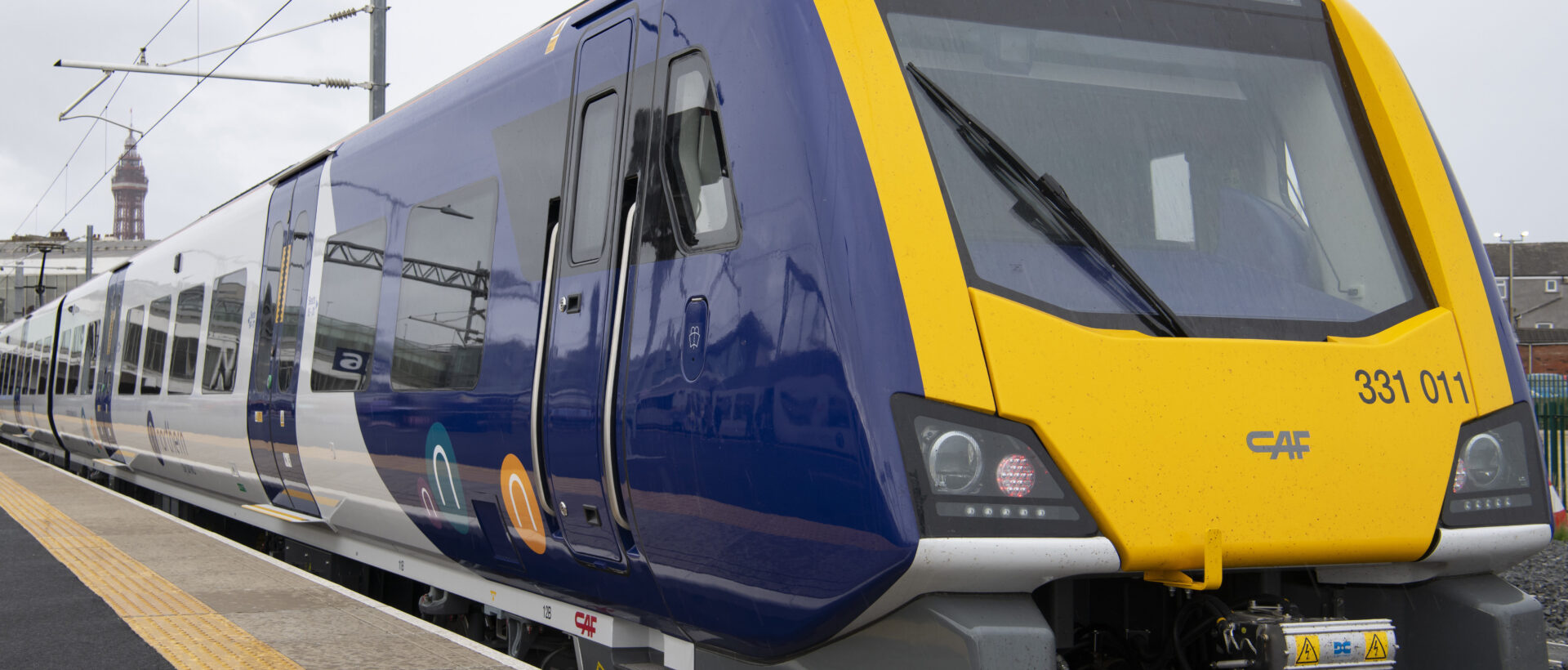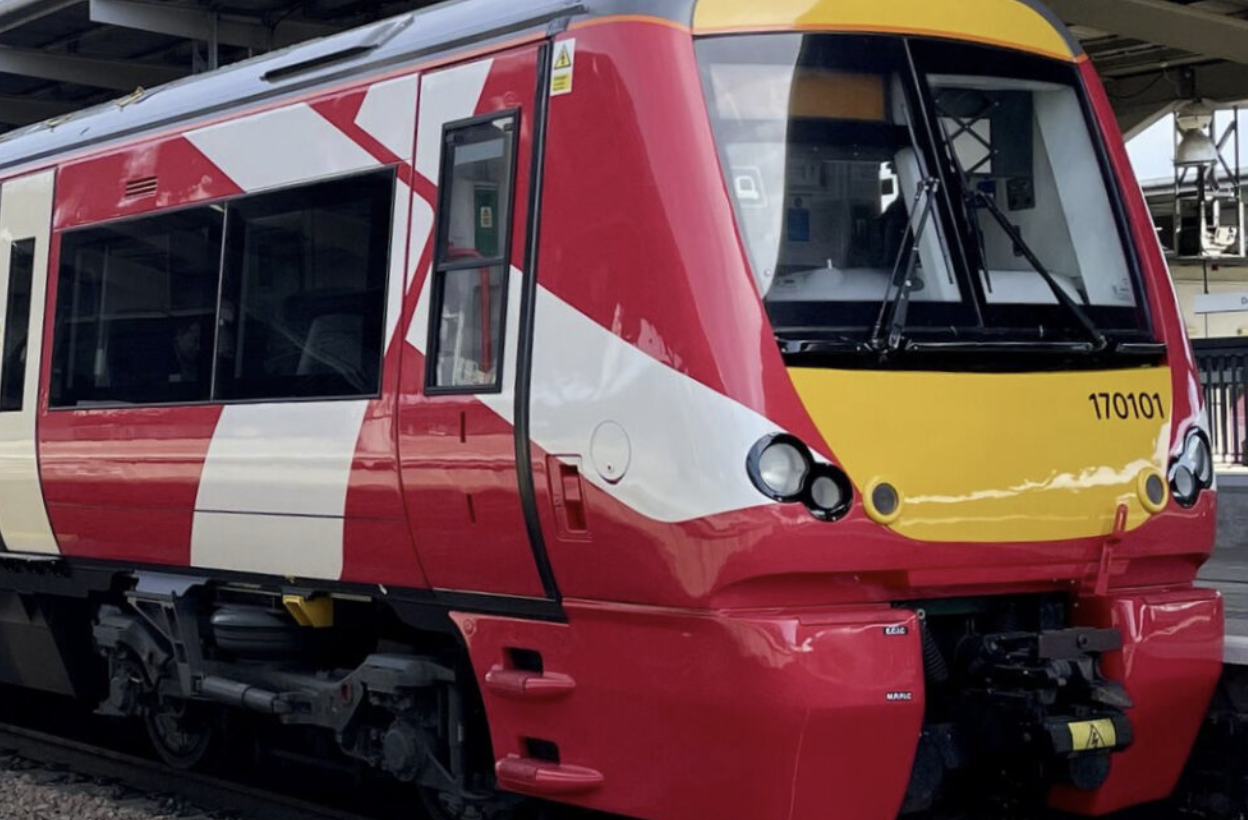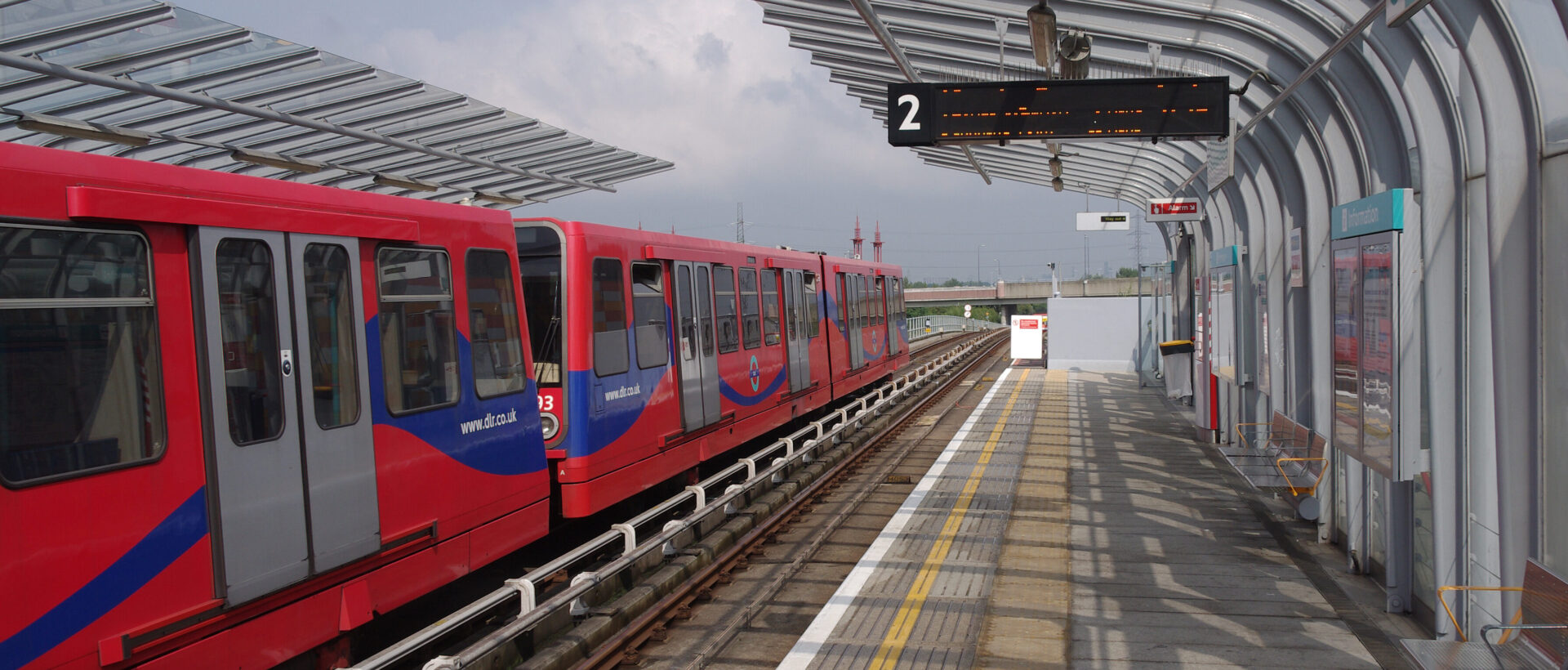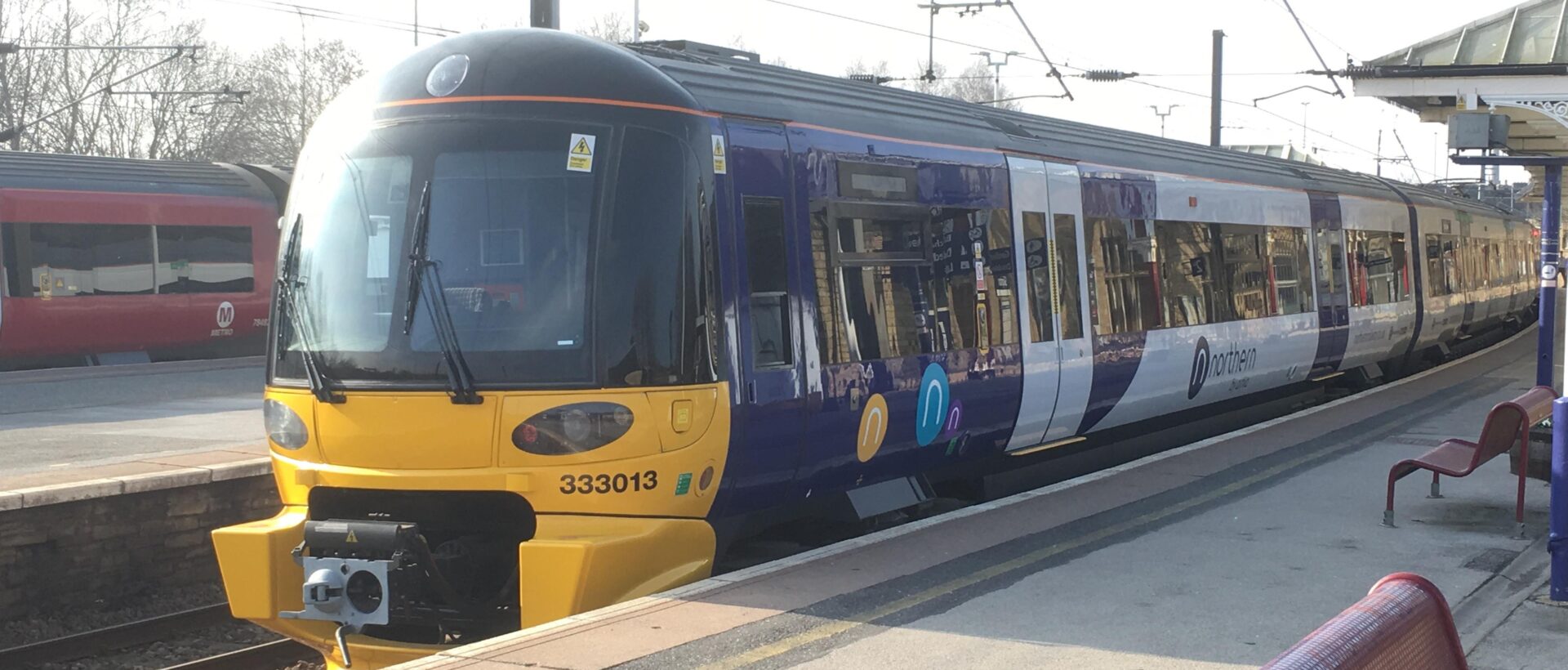Network Rail has begun trials for a helicopter-based camera system aimed at spotting potential track issues before they occur.
The camera system, which combines high-resolution photography with laser surveys and near-infrared images, allows engineers to view track from previously inaccessible angles.
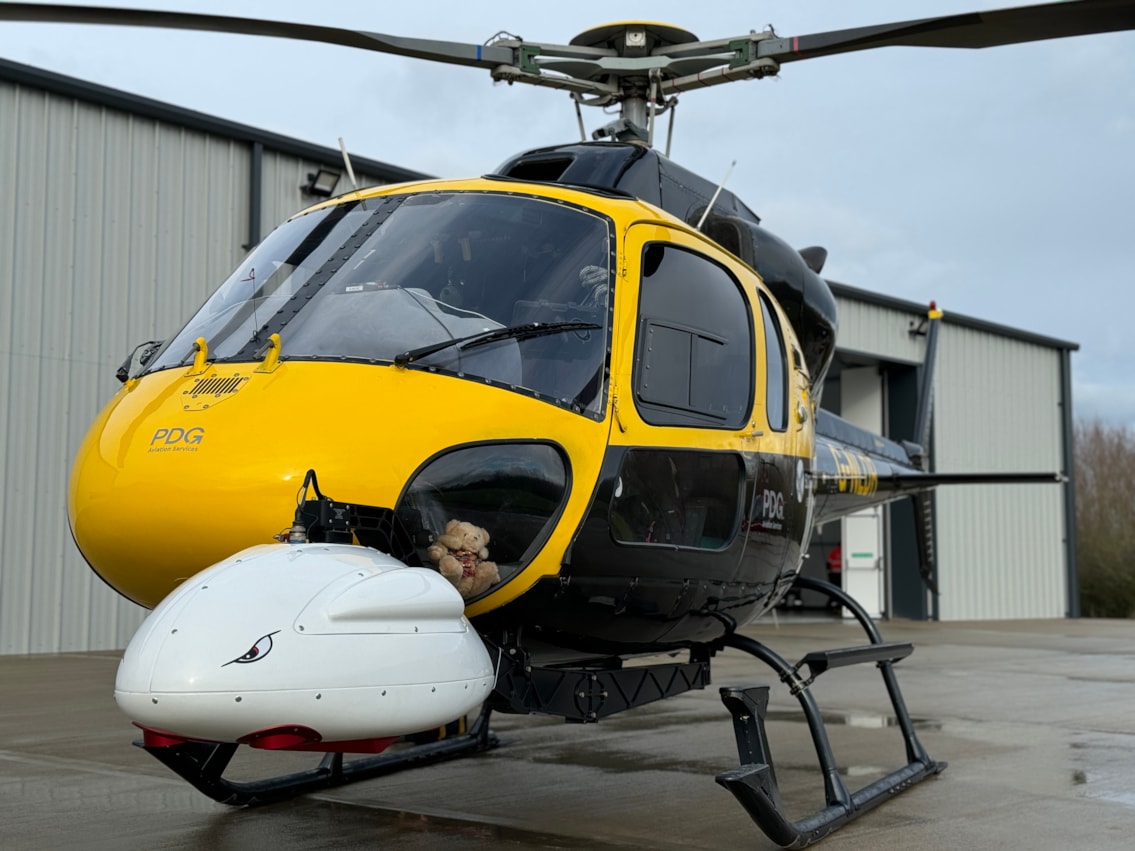
Named the Multi-Angle Camera System (or MACS), the unit sits in a pod beneath Network Rail’s Twin Squirrel helicopter, and has thus far been tested on the company’s Rail Innovation and Development Centre test track in Melton, near Nottingham.
The helicopter has flown several trips along the 13-mile route, including one to inspect a recently repaired landslip on the test track itself.
To carry out its high-quality imaging, an onboard laser creates a point cloud of up to 300 points per square metre, which is then used to compile a 3D model of the railway whilst three 150 megapixel RGB cameras facing forward, sideways and directly down take images, which are then geometrically corrected as a fourth camera captures near-infrared images to determine plant tree and health.
All images are then linked through an inertial measurement unit in order to provide accurate locational data, with the system also capable of displaying digital terrain maps without trees or buildings in order to paint a clear picture of track infrastructure for geotechnical engineers.
Bradley Sparkes, of Network Rail’s Technical Authority team said:We operate one of the busiest railways in the world, with over seven million train movements per year making traditional boots-on-ballast inspections a real challenge. When we do ultimately decide to send an engineer on-site for a closer inspection, we need to be sure we’re basing such a deployment on comprehensive and robust prior intelligence. This will help to drive a reduction in inspection related emissions, improvements in worker safety and enhanced asset intelligence.
MACS is planned to be offered to Network Rail regions for use as part of the suite of equipment utilised by helicopter, from thermal imaging to standard cameras.
Sean Leahy, from Network Rail Air Ops, said:Passengers and freight customers deserve a reliable railway and the best way to provide that is to know as much about our network as we can, to spot problems before they happen and maintain it to the highest standards. We have brilliant colleagues who are able to work wonders but they can’t be everywhere on the 20,000 miles of track we look after. The MACS is one of the ways we can help them by giving them the best data we can.









